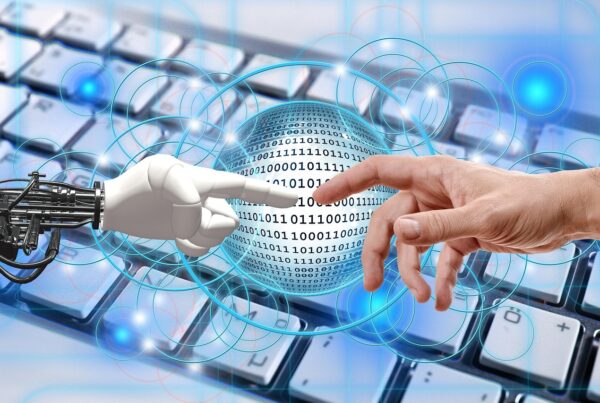#AI@Work: AI or IA?
IA (Intelligent Automation) is the reverse version of AI. IA is RPA with some AI tossed in, or strategically placed to enhance operations. IA can also be referred to as IPA (Intelligent Process Automation). Confused? You’re not alone. Machine learning, natural language processing and computer vision are examples of incorporating subdisciplines to enhance RPA. This pushes RPA beyond simple rules. IA is about doing, thinking and learning. Using algorithms and data, software automation can make decisions and perform faster and more efficiently.
AI and IA are not the same thing. Oftentimes they are mistaken for each other, intentionally or not so intentionally. RPA is process driven and AI is data driven. RPA bots follow the processes designed by humans. It’s what they do. AI bots use patterns in data to learn over time. RPA replicates tasks while AI is intended to simulate human intelligence. The way in which they automate processes is also different (Casey, 2021).
#AI@Work, RPA differs from other forms of automation. It supports data handled in and between multiple applications. In traditional workflow automations, the software engineer makes a list of the tasks to automate. The next step is to connect the systems using APIs (Application Program Interfaces). These are usually produced internally. In contrast, RPA develops the action list by watching the user perform that task. RPA then repeats those tasks where the user performs them. RPA handles data in and between several applications. An example is receiving a customer service request in chat. RPA extracts the data, and then types that data into a customer service application.
RPA software has many possibilities. It can decrease the coding to build automated scripts. It can integrate the enterprise. It can combine data design, monitoring and security. It can reach through legacy systems. It can combine data through front end applications. It can replace human workers by performing routine tasks like logging into multiple systems, and copying and pasting from one system to another. RPA is valuable because it can quickly integrate. It presents one solution on the front end as well as connecting data and enterprise web services.
There are many potential benefits to RPA: less coding, rapid cost savings, higher consumer satisfaction, better accuracy and compliance. RPA can work while old systems stay in place. RPA doesn’t disrupt underlying systems. RPA bots work on the presentation layer, or GUI (Graphic User Interface). Business can implement bots where no API exists and without doing deep system integration (Lawton, 2021).#WFH, #Virtual Touchpoints, #ThePajamaEffect, #The Visual Connection, #BobbeGB, #BobbeBaggio, #Touchpoints, #Remote Workplace, #WorkFromHome, #PJEffect, #LinkedInNewsLive




